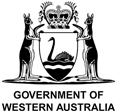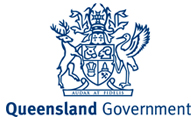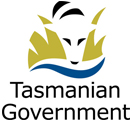Nitrate
Recommended for application to slightly-to-moderately disturbed ecosystems. Values as listed apply to nitrate in soft water (< 30 mg/L CaCO3), moderately hard water (30–150 mg/L CaCO3) and hard water (> 150 mg/L CaCO3), respectively.
Values as listed apply to nitrate in soft water (< 30 mg/L CaCO3), moderately hard water (30–150 mg/L CaCO3) and hard water (> 150 mg/L CaCO3), respectively.
Values as listed apply to nitrate in soft water (< 30 mg/L CaCO3), moderately hard water (30–150 mg/L CaCO3) and hard water (> 150 mg/L CaCO3), respectively.
The DGVs relate to dissolved nitrate. Although different DGVs for different hardness ranges are prescribed, it is not clear whether the reported effects of hardness on nitrate toxicity are due to water hardness alone or if they represent an effect associated with ionic strength, chloride or alkalinity (or a combination of these). Refer to the additional information in the nitrate in freshwater DGVs technical brief for guidance on how the DGVs should be applied.
The DGVs relate to the toxic effects of nitrate, and may not protect aquatic ecosystems against the negative effects of eutrophication that stem from the stimulatory effects that nitrate can have on plant and algal growth.
The DGVs and the information in the corresponding DGVs technical brief for this toxicant should be used in accordance with the detailed guidance provided on the Australian and New Zealand Guidelines for Fresh and Marine Water Quality website.










Values as listed apply to nitrate in soft water (< 30 mg/L CaCO3), moderately hard water (30–150 mg/L CaCO3) and hard water (> 150 mg/L CaCO3), respectively.